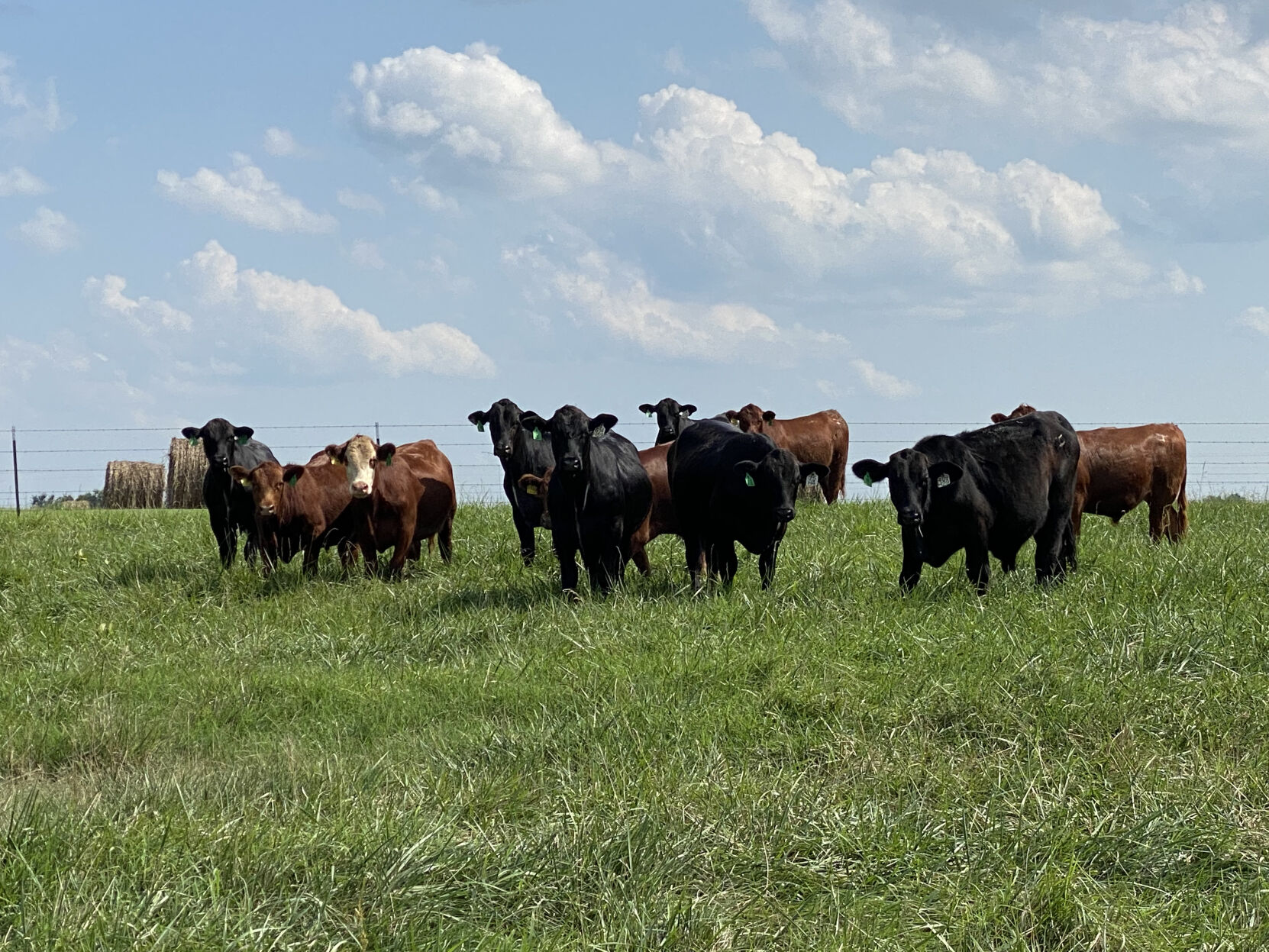Distillers’ grain cubes strategy can help increase stocking rates, boost return per acre

Ask any cattleman what the most limiting factor on their operation is, and you’re likely to get the same answer—land. For an operation focused on growing cattle on pasture, both profitability and sustainability depend on finding the right balance of acreage, carrying capacity and grazing season.
So, what can you do to maximize production per acre and boost your profits without damaging your forage resources? Recent studies by the Oklahoma State University Agricultural Extension Service show supplementation with distillers’ grain range cubes can be a profitable solution.
Extruded distillers’ grain cubes
While both wet and dry distillers grains have been a staple in confined feeding for years, a recently developed extrusion technology has created an efficient way to bring the benefits of DDG to the ranch. The extrusion process creates a compact, durable cube that can be fed on the ground or in bunks without the loss and waste of loose DDG.
The cubes are made of 100% DDG and offer higher energy and protein than traditional range cubes. MasterHand Milling, a Nebraska-based feed mill, is a leading manufacturer of extruded DDG cubes and has partnered with OSU to test the product in a variety of operations.
Oklahoma research trials
During a two-year trial conducted at Fort Supply, Oklahoma, researchers investigated the effects of using DDG cubes to supplement yearling steers grazing mixed grass prairie. The team tested the theory that stocking rates could be increased by replacing a portion of daily forage intake with DDG cubes while avoiding negative impacts on cattle performance or pasture condition.
Trial cattle were separated into three treatment groups:
1. Negative control—Received no supplementation and stocked at normal rate;
2. Positive control—Fed DDG cubes in late summer and stocked at normal rate; and,
3. High supplement—Fed at a higher rate all summer and stocked at 33% higher rate.
The 125 steers were on grass for approximately 135 days and weighed at turnout, halfway through the summer and at shipping time. The chart below shows the averages of grazing performance data from both 2019 and 2020.
Improved cattle performance
During the first half of the summer of 2019, steers in the high supplement group gained nearly 40 pounds more per head than the control groups. High supplement cattle maintained that advantage over the second half of the summer as forage declined, with average daily gains of 2.28 pounds compared to 1.18 pounds for the negative control group and 1.91 pounds for the positive control group. Of most interest was gain per acre, which correlates directly to profitability. The high supplement cattle finished the season with an average of 79.3 pounds of bodyweight gain per acre, more than doubling the average of the negative control at 31.6 pounds per acre.
The second year of the trial showed very similar results with high supplement cattle gaining 50-plus pounds more than the other groups in early summer and 78 pounds more than the negative control in late summer. Daily gains also followed the same pattern, with the high supplement group ending with an average of 2.54 pounds compared to the control groups with 1.99 and 2.40 pounds. Bodyweight gain per acre was also nearly doubled again between the negative control and high supplement groups.
Boosting profits per head, per acre
Based on actual costs of the DDG cubes and a 10-year average of Oklahoma auction market prices, the research team examined the economic impacts of feed expense and the additional pounds gained for the 2019 study. They found that even with an additional $107.48 in feed cost per head, the net return per steer was $38.51 higher for the high supplement group compared to the negative control. The increased stocking rate of the high supplement group also provided an additional profit of $14.44 per acre compared to the negative control.
Gaining economic power
According to the research report, these findings suggest that supplementing DDG cubes is a viable solution for increasing performance of grazing cattle and allows a producer to increase stocking rates without negative effects on animal performance or pasture quality. This grazing supplementation model could be a game changer for many operators looking to grow their businesses on limited acreage
“I’ve always liked using distillers grain as a supplement, but having it in cube form gives you a lot more flexibility in where you feed it,” research team leader Paul Beck said. “I think there’s a lot of power in feeding these distillers cubes to growing cattle on grass. Increasing stocking rate, increasing gain, and nearly doubling gain per acre certainly has economic power.”
This trial is one of several conducted in an on-going project by Beck and his research team at OSU in partnership with MasterHand Milling. Additional trials have shown cattle grown on grass using DDG cubes perform better in the feedyard and finish with improved carcass quality. For more information on distillers’ grain cubes or these trials, visit MasterHandMilling.com.

